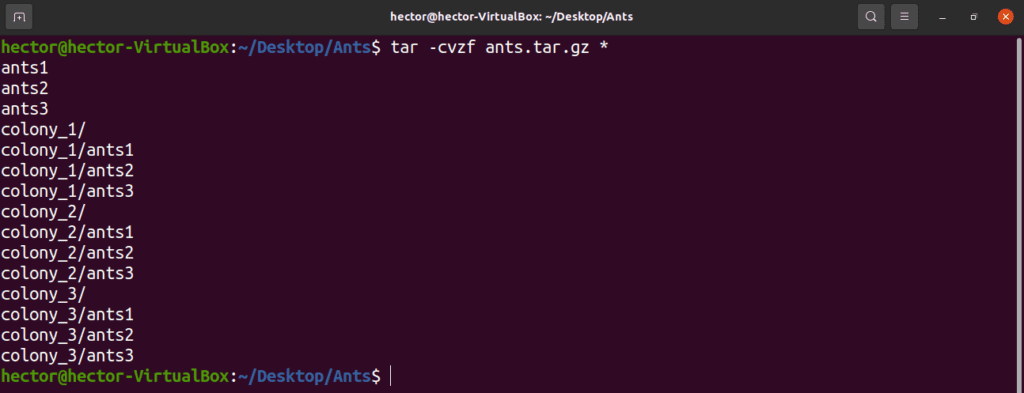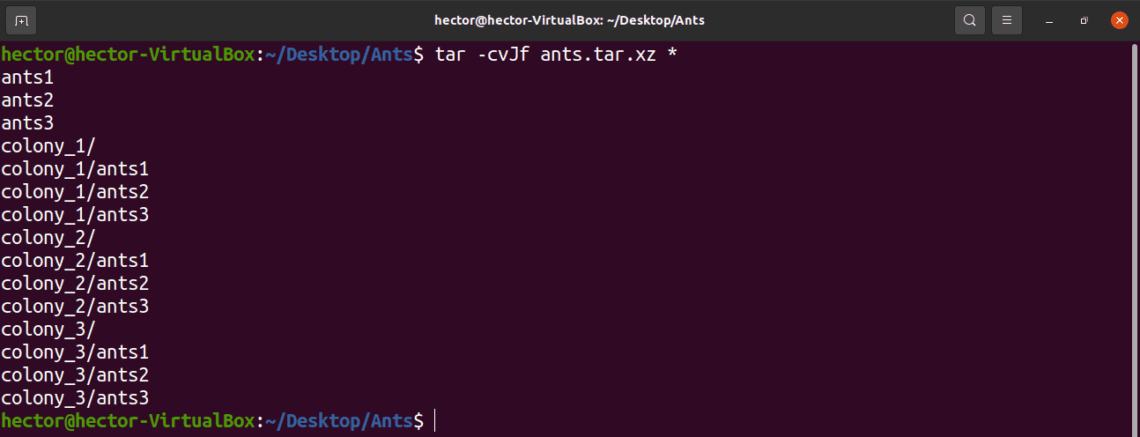
If you know some other related command that we might have missed here, do let us know in the comments.
#UNTAR A FILE JAVA HOW TO#
Hope this simple tutorial helps you in understanding how to unzip a tar file in Linux OS in various different ways. The untar task recognizes the long pathname entries used by GNU tar. File permissions will not be restored on extracted files. FileSets may be used to select archived files to perform unarchival upon.

If no patternset is used, all files are extracted. And you wish to see the list in a tabular form, then you can use the following command: $ tar -tvf Conclusion: PatternSets are used to select files to extract from the archive. If you first wish to check what all files are zipped inside the tar file. If we run the above command then the file test.txt will be extracted out of the file and will be stored in the current location. If we want to extract only a single file from the tar file, we can do so by specifying the name of the file that we want to extract out of the tar file, as follows: $ tar -xvzf test.txt To extract a specific file out of TAR file If we do not provide any path then the tar file is unzipped at the current location. In the above command we have specified the -C argument to give the path of the directory in which we want the tar file to be unzipped. To uncompress tar.gz file into a different directory, use the command below: $ tar xvzf -C /path/to/directory Z: The z option is very important and tells the tar command to uncompress the file (gzip).į: This options tells tar command that you are going to give it a file name to work with. This option will list all of the files one by one in the archive as they are unzipped. X: This option tells tar to extract the files. $ tar xvzf įollowing are the options that we have used with the tar command: If your tar file is compressed using a gzip compressor, use this command to uncompress it. On top of archiving a set of files and folders using the tar command, we can also compress them using the gzip command which leads to the creation of the file with extension. In Unix based operating systems, we can use the tar command to zip multiple files, folders etc into a TAR file and for unzipping a TAR file to access its files and folders. Interestingly, TAR stands for tape archiver.
#UNTAR A FILE JAVA ZIP FILE#
Such a zip file can contain multiple files, folders, sub folders all packed in a single file, which is generally created using gzip or bzip2 program on Unix operating systems.

The tar program provides the ability to create tar archives. tar.gz file is just a simple archive file that acts as a container for other files. To setup any new software or service on your Linux machine, if you are not using any package manager, you will have to download the ZIP or TAR.GZ file for any software, then unzip it and then run any command to start that service.Ī.


 0 kommentar(er)
0 kommentar(er)
